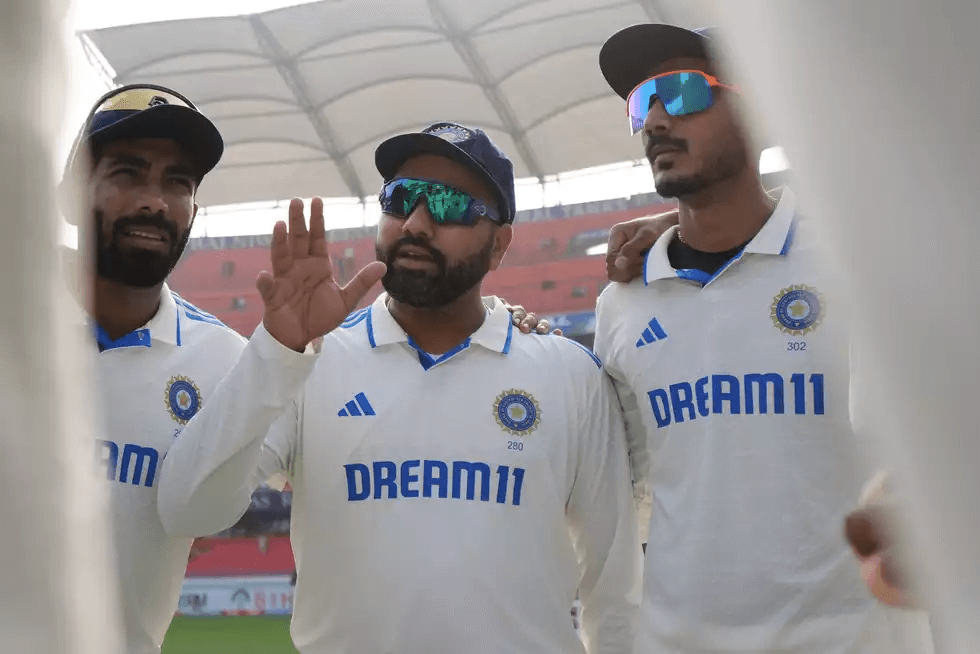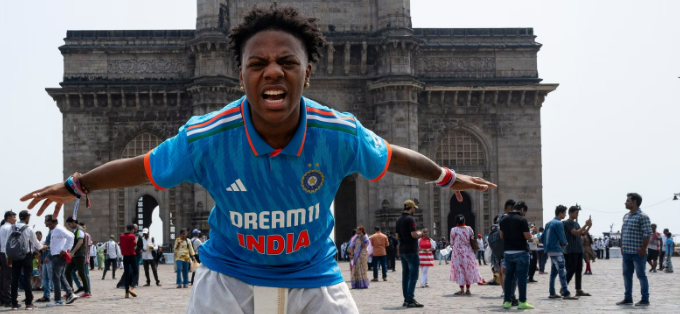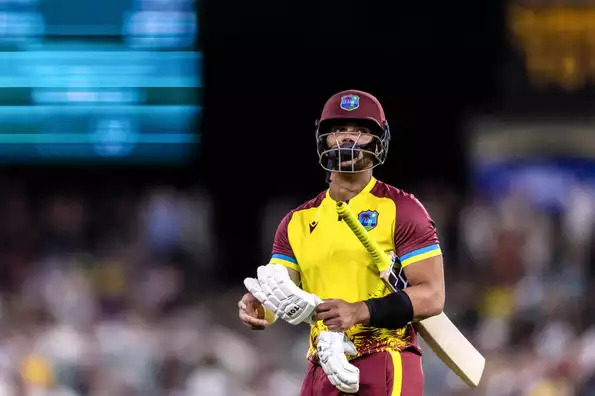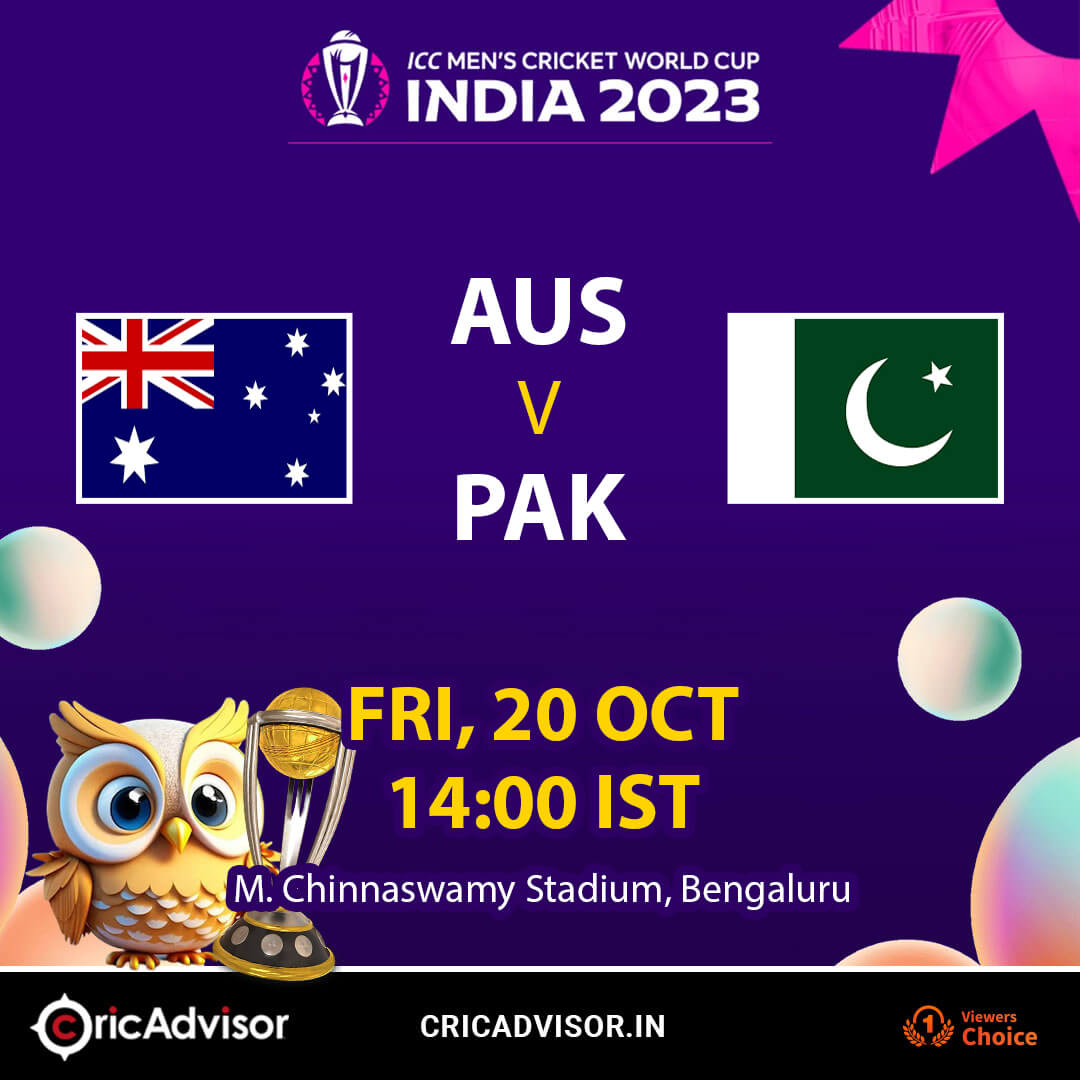
A Captain’s Reflection
Soon after the last rites of the Hyderabad Test were read and the formalities of the post-game handshakes were done with, Rohit Sharma was pictured standing by the boundary line, waiting to share with the rest of the world, via the broadcasters, his views on the remarkable turn of events that characterised his 12th game as India Test captain.
Despite the disappointment of the result, a cluster of Indian fans continued to cheer and yell his name, which Rohit acknowledged with a half hand-raise and a smile in acknowledgement.
Unpacking the Loss
The Indian captain is among a few with an ability to strip any cricketing situation of its gravitas and see it for what it is. That air of nonchalant lightness is his personality trait. He rightly acknowledged that his team was undone by an exceptional knock in the third innings and batting apprehension in the fourth. One was an outlier while the other, quite par for the course in these conditions.
But together those two events ensured that Rohit took a fourth ‘L’ to his captaincy report card, which amounted to losses in a third of the Tests he has skippered in. Two of them have come at home, inside 12 months.
Home Turf Mystique
And while India have lost home Tests before, including opening Tests of marquee series, in Pune in 2017 and in Chennai in 2021, this one from a position of total dominance hit differently and even seemed to cover their aura of home invincibility in a sudden, strange mist.
The last time India went through a similar run of three consecutive home Tests without a win (two defeats and a draw) was nearly 12 years ago and it remains to date the last series they’ve dropped on home soil. While England have some way to go towards reprising their great feat of 2012, they may have just caught Rohit’s team in a very similar state of inevitable transition.
Inherited Challenges
It’s an uncomfortable and a different prospect confronting Rohit, whose takeover of the white-ball teams was more seamless and resulted in immediate success, that is if you are okay with quantifying success based on win percentages and not limiting it to just ICC silverware.
Between him and coach Rahul Dravid, India vow to be more tactically on-point and have identified and implemented playing styles in keeping with the times.
The Test Team’s Transition
His Test captaincy tenure, yet to reach two years, has barely hit middle age. However, the great Test team that he inherited would seem to have moved into its third age. Old certainties are melting and successors have either made sputtering starts or haven’t at all.
Ajinkya Rahane, Cheteshwar Pujara, Ishant Sharma and Umesh Yadav would appear to have already played their last Tests while the wear and tear of all-format cricket has had its toll on Ravindra Jadeja, Mohammed Shami and even KL Rahul. Even the durable Virat Kohli has missed seven Tests since the turn of the decade while maverick keeper-bat Rishabh Pant hasn’t been on the field for more than a year.
Leadership Amidst Transition
Vacancies rarely turn up in teams where everything is running smoothly; it is an old management adage. And it is one thing to replace players in a XI, let alone a collective of players worthy enough to be considered among the greatest produced by the country.
In that aforementioned 2012 season, as India’s great batting generation headed towards the sunset, a new one had clearly begun taking shape. Pujara returned to the team following the retirements of Rahul Dravid and VVS Laxman and hit three hundreds in his first four Tests back. Kohli scored his maiden Test ton in Adelaide and then got his first at home against New Zealand. By 2016, at a similar point in Kohli’s reign, India had two world class spinners and three excellent middle-order bats, all entering their peaks simultaneously.
That sense of inevitability, especially with the bat at home, ceases to exist in this Rohit’s team and is largely a function of the kind of pitches India play Test cricket on.
Among the next guard, Shubman Gill is in his fourth season as a Test cricketer but averages only 29.53 after 21 games. In his third season, Shreyas Iyer hasn’t scored a Test match half-century since December 2022. Yashasvi Jaiswal is five Tests old. These three could be joined by a pair of debutants — Sarfaraz Khan and Rajat Patidar — in the next Test.
Balancing Act
It has fallen upon Rohit, three months shy of his 37th birthday, to achieve the short-term target of getting back into the series, in which India remain favourites, while also preparing the roadmap for the long-term, continued success of the team. It is an unenviable task of balance and quite simply, a lot of it – unearthing world-class talent, for example – is out of his control.
The future, though, could look back at this period and judge him, for better or for worse. And a small sequence of games could prove to be very decisive in his legacy as well as his near future. At the very least, he could have done without an opposition intent on ripping up all existing reference playbooks.
India rarely lose at home and when they win, they do so by margins so big that it is easy to downplay them as the Tuesday that follows a Monday. They’ve had to deal with pressure, a lot of it while doing what they’ve done for more than a decade. There will just be a lot more of it in Visakhapatnam this week.
Explore more on CricAdvisor for the latest updates and in-depth coverage of the cricketing world.










